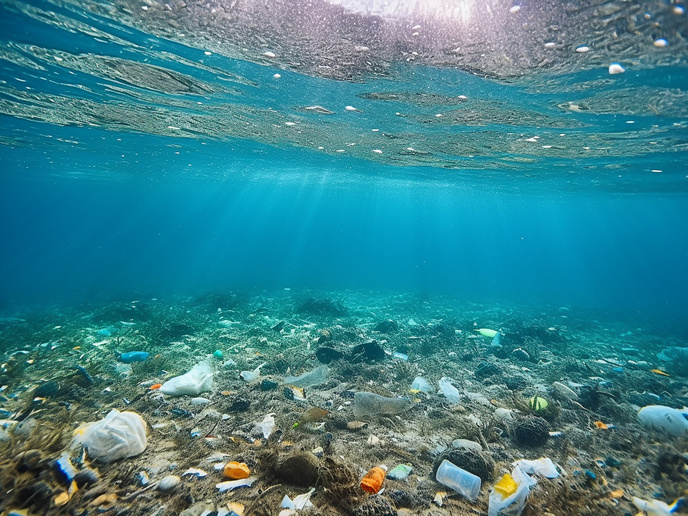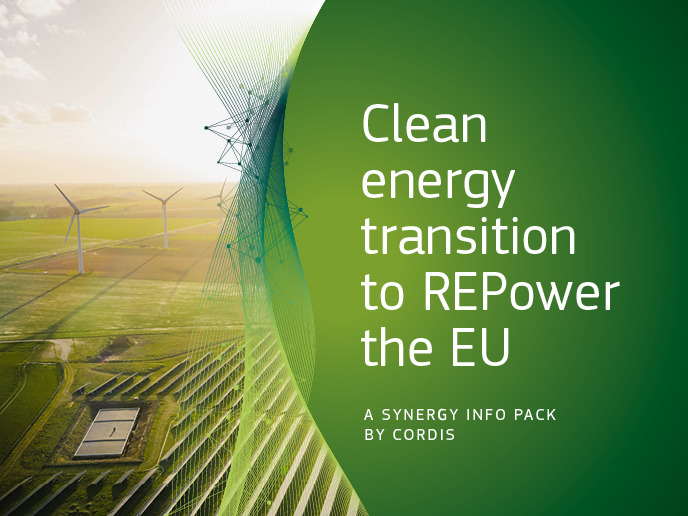The tail-end of aircraft aerodynamics
Until now, most studies of flow physics focused on the wing and its interaction with the fuselage (body) of the aircraft. Understanding of the air flow around the fuselage/tail assembly (empennage) has been limited but is crucial to successful design. The ‘Rear fuselage and empennage flow investigation’ (REMFI) project was undertaken to fill this knowledge gap through precise numerical simulations of tail flow phenomena based on computational fluid dynamics (CFD) combined with detailed experimental studies in wind tunnels. Thus, the researchers first focused on enhanced understanding of tail flow physics for simulation and experimental model development. They next investigated various mounting arrangements for the empennage and rear fuselage to which it is attached. The researchers then conducted ground-breaking comprehensive tail plane measurements in the European Transonic Wind Tunnel as well as in the Aircraft Research Association (ARA) wind tunnel. The former enabled testing with greater forces crucial to understanding tail-plane performance as well as for verifying CFD methods used to predict flows. The latter enabled easy access to the test chamber and so was used for tests requiring time-consuming model changes. The same model was used in both wind tunnels to avoid duplication costs as well as to assure consistency of data. Finally, the researchers investigated innovative aerodynamic design solutions integrating wing belly fairings with the conventional assessment of the front/rear fuselage and empennage components. In summary, the REMFI project contributed important knowledge and understanding of the air flow physics around tail structures of an airplane through numerical simulations and experimental wind tunnel tests. The project outcomes should enhance future aircraft design by providing enhanced performance capabilities. More aerodynamic planes and thus more efficient flights means less fuel, which translates not only to cost benefits and competitiveness but less impact on the environment.







